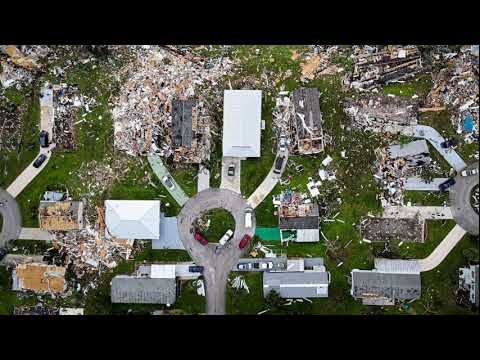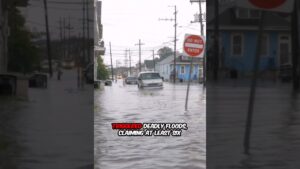
The National Oceanic and Atmospheric Administration announced Thursday that it will retire its widely recognized “billion-dollar weather and climate disasters” database, making it nearly impossible for the public to track the financial toll of extreme weather events. This decision is part of a broader reduction in services at NOAA, driven largely by staffing cuts and a critical reassessment of climate-related programs.
The database, which has been a vital resource since 1980, allowed taxpayers, researchers, and the media to monitor the costs of natural disasters, including hurricanes and hailstorms. Its discontinuation marks a significant setback for public awareness regarding the impact of fossil fuel pollution and climate change on extreme weather.
NOAA’s database has recorded 403 weather and climate disasters costing at least $1 billion in the U.S., totaling over $2.945 trillion. Notably, the frequency of these billion-dollar disasters has surged, with an annual average of nine from 1980 to 2024, spiking to 24 in the past five years and hitting a record of 28 events in 2023.
While some experts have linked the rising costs of disasters to trends driven by climate change, NOAA maintains that the database does not focus on climate event attribution. Critics argue that the database is irreplaceable, as it combines standardized methodologies with proprietary data from the insurance industry, making similar analyses difficult for nonprofits or private companies without significant resources.
The agency’s cuts come amid broader federal workforce reductions, particularly impacting the National Weather Service, which has faced service reductions due to staff losses. The White House’s budget proposal for fiscal year 2026 suggests even deeper cuts, slashing NOAA’s funding by 24% compared to 2025, which could severely limit the agency’s ability to collect and share crucial data on weather and climate.
source



